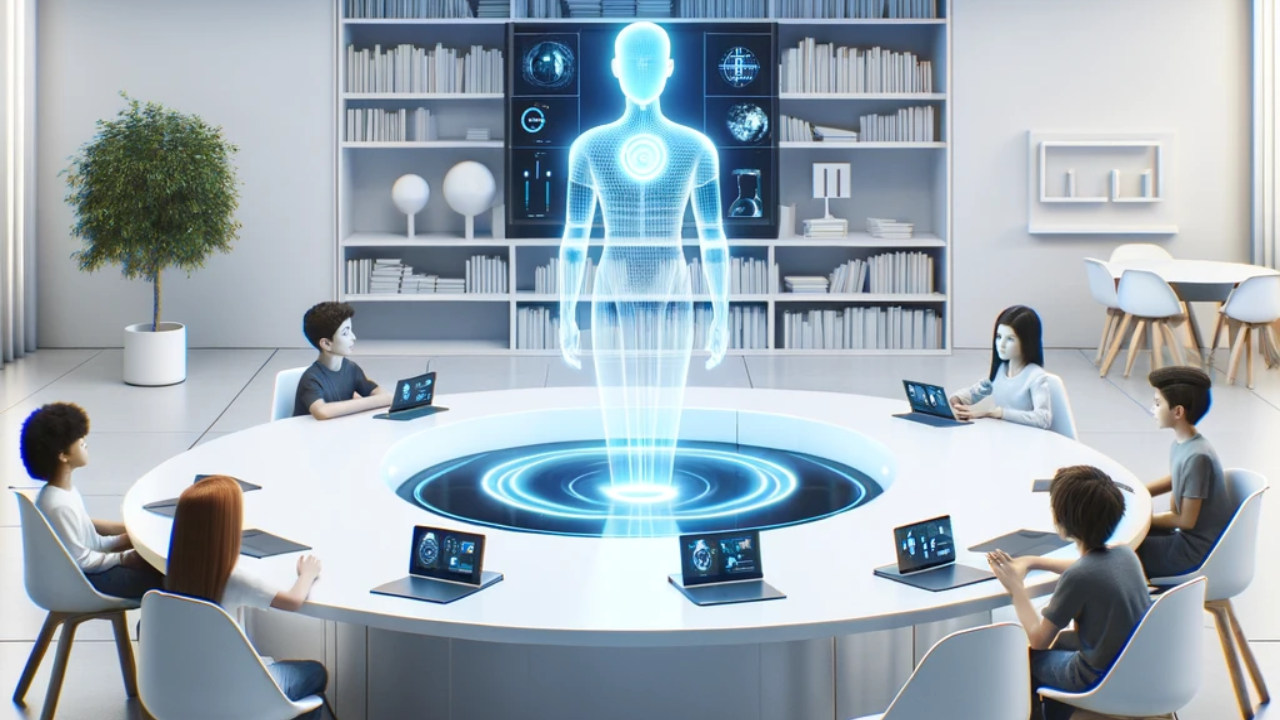
Visual Data: The Role of AI in Image Classification
Discover how artificial intelligence is revolutionizing image classification solutions. Visual Data: The Role of AI in Enhancing Image Classification Solution Visual data plays a crucial role in today’s digital age, where images are a significant part of our day-to-day lives. From social media posts to medical scans, the ability to classify and understand visual data is essential for various industries and applications. No wonder the global visualization software market is forecast to grow. According to a report by Lionel Sujay Vailshery, in 2019, the market’s value was 1.63 billion U.S. dollars. In 2030, this number will reach 9.61 billion U.S. dollars. With the advancements in artificial intelligence (AI), image classification has reached new heights in accuracy and efficiency. In this article, we will explore the













